In the past two years, the industry in the Mekong Delta region has achieved many important growth milestones with many large-scale projects being implemented.
According to Mr. John Campbell, Deputy Director, Head of Savills Vietnam Real Estate Services, these investment projects all demonstrate a long-term commitment to the vision of business development, improving the quality of the logistics system and real estate in the Mekong Delta region in particular and Vietnam in general.
“These new projects are a source of supply to supplement the congestion and scarcity of supply in Ho Chi Minh City. In the coming time, many investors will continue to choose this area as a destination, especially in the food, beverage, and raw agricultural product processing industries,” added Mr. John Campbell.

Mr. John Campbell, Deputy Director, Head of Real Estate Services, Savills Vietnam.
To attract and support investors, this expert also recommends that localities need to improve mechanisms, introduce many policies such as reforming administrative procedures, creating a stable legal corridor and building a favorable investment environment. At the same time, focus on removing difficulties and obstacles for investors, and soon realize the maximum investment commitments in the locality.
Besides, one of the important factors that has helped attract impressive investment capital in recent times to the industrial sector in the Mekong Delta is a series of important infrastructure projects.
In Resolution No. 78/NQ-CP promulgating the Government's Action Program to implement Resolution No. 13-NQ/TW dated April 2, 2022 of the Politburo on the direction of socio-economic development and ensuring national defense and security in the Mekong Delta region to 2030, with a vision to 2045, the Government set an average growth target for the 2021-2030 period of about 6.5 - 7%/year.
The size of the economy by 2030 will be 2 - 2.5 times larger than in 2021. To achieve this, completing the expressway system connecting the Mekong Delta with the Southeast region is one of the goals set forth in the Resolution.
According to the road network planning for the period 2021 - 2030, with a vision to 2050 approved by the Prime Minister , the Mekong Delta is planned to have 6 expressways with a total length of about 1,166 km, with a scale of 4 - 6 lanes. Of which, there are 3 vertical expressways and 3 horizontal expressways.
In the first half of 2023, the 188 km Chau Doc – Can Tho – Soc Trang expressway, part of the North – South expressway, was started. Once this network is synchronized and put into operation, the Mekong Delta region will have a major change in urban appearance as well as economic growth.
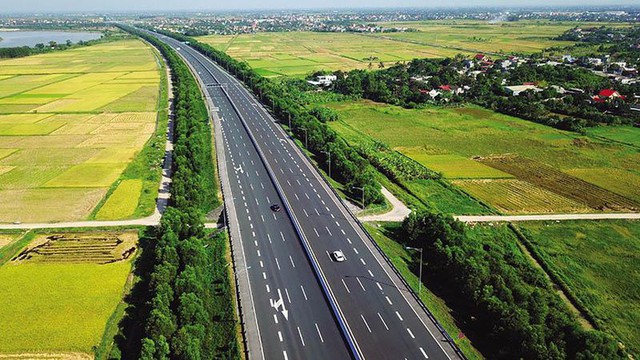
The transport infrastructure system will change the face of the Mekong Delta both economically and socially.
“In addition, one of the strengths of the region is waterway transport. If investment is focused on developing waterway infrastructure, port clusters to connect with the national port system will be a strength to enhance advantages in logistics, production and maritime transport, thereby attracting many investors,” Mr. John Campbell emphasized.
Looking at the overall picture of industrial real estate in 2023, Savills experts said that the market is showing a number of trends with both positive points and some short-term challenges. In particular, the decline in production demand from key export markets is weighing on the domestic manufacturing industry.
Although GDP growth forecasts as well as trade and FDI are modest, M&A activities are attracting attention.
According to the General Statistics Office, as of June 20, 2023, the total foreign investment capital registered in Vietnam, including newly registered capital, adjusted registered capital and capital contribution and share purchase value of foreign investors, reached 13.43 billion USD, down 4.3% over the same period last year.
Of which, 1,293 newly licensed projects with registered capital of 6.49 billion USD were registered, an increase of 71.9% in the number of projects and 31.3% in registered capital compared to the same period last year.
The new projects are mainly in the fields of processing, manufacturing and real estate. There were 632 projects with adjusted registered capital (licensed in previous years) with an additional investment capital of 2.93 billion USD, down 57.1% compared to the same period last year. Singapore was the largest investor with 1.79 billion USD, followed by China with 1.3 billion USD and Japan ranked third with 386 million USD.
In addition, Vietnam’s index of industrial production (IIP) grew slightly in the first half of 2023 due to lower new orders, weak demand and rising input costs. The IIP improved by 1.6% year-on-year in April-June after falling by 0.8% in the first quarter.
Source



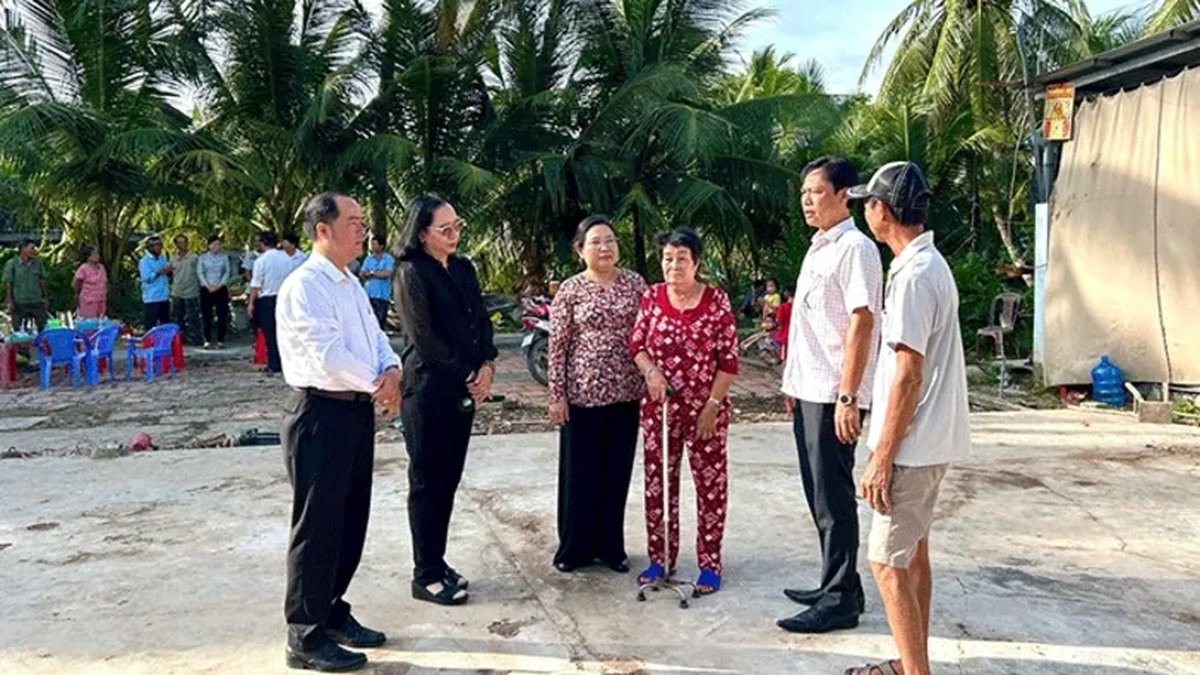
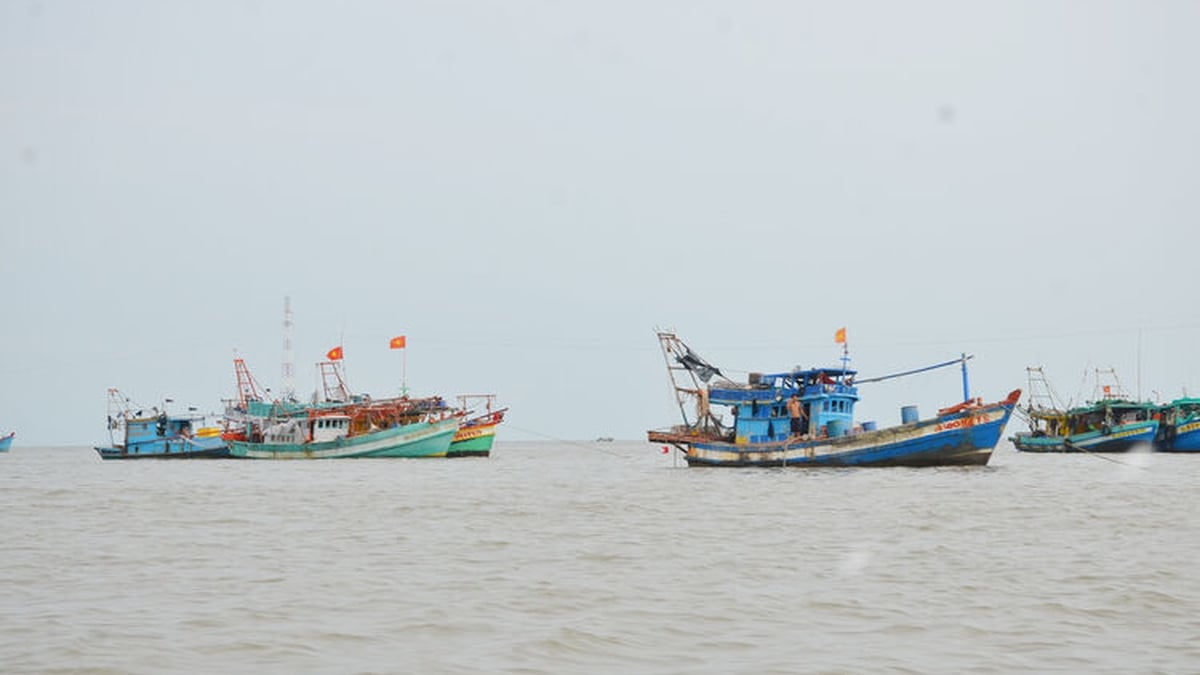

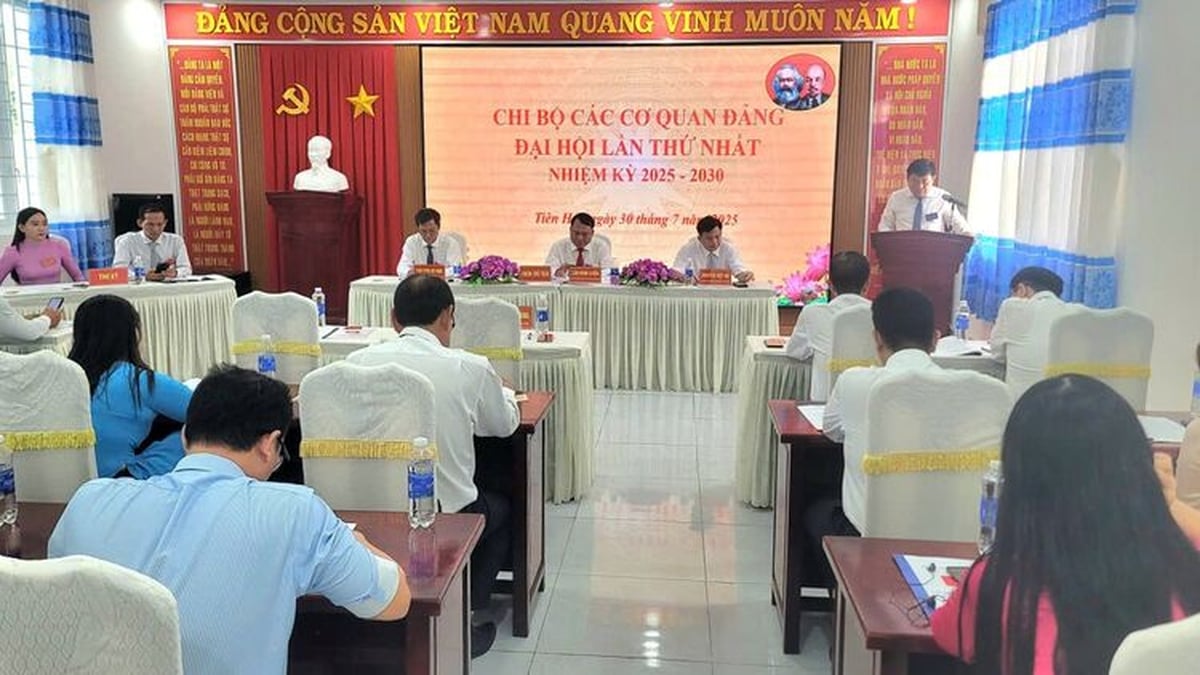
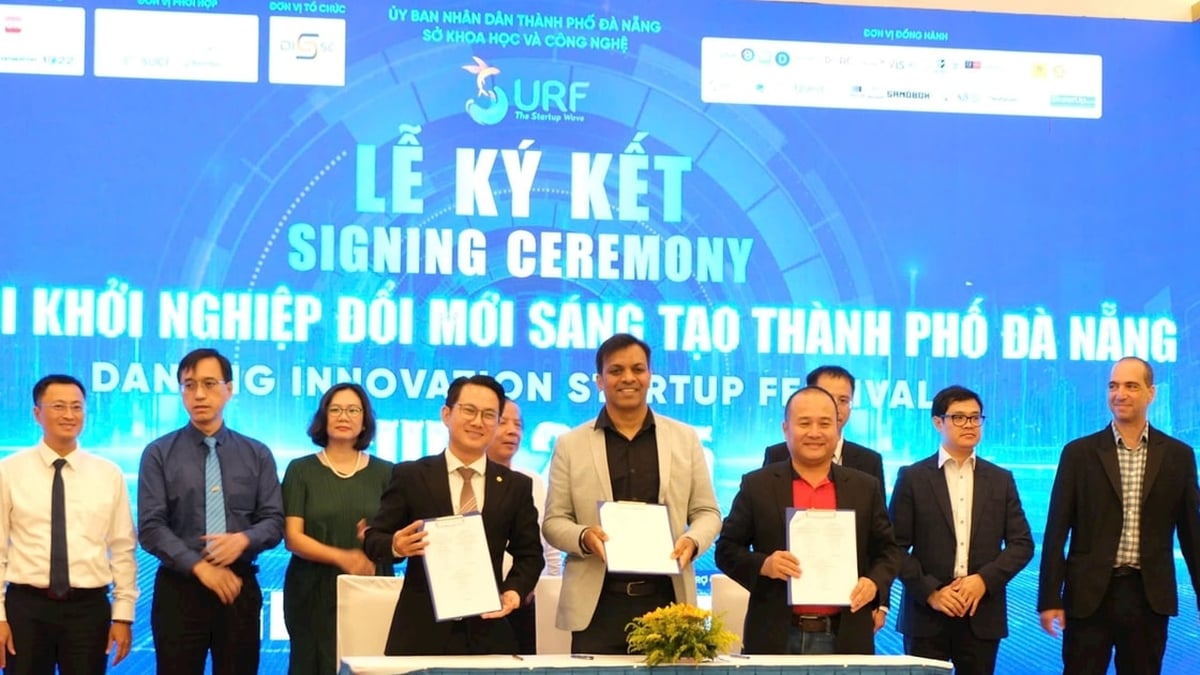

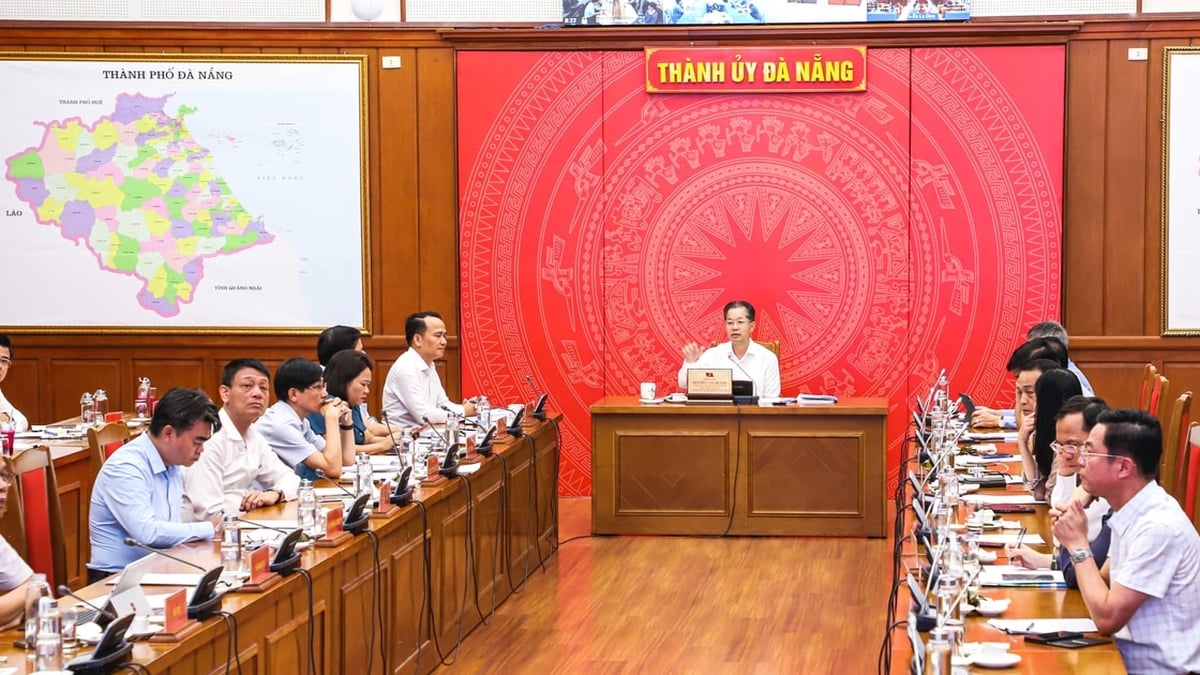
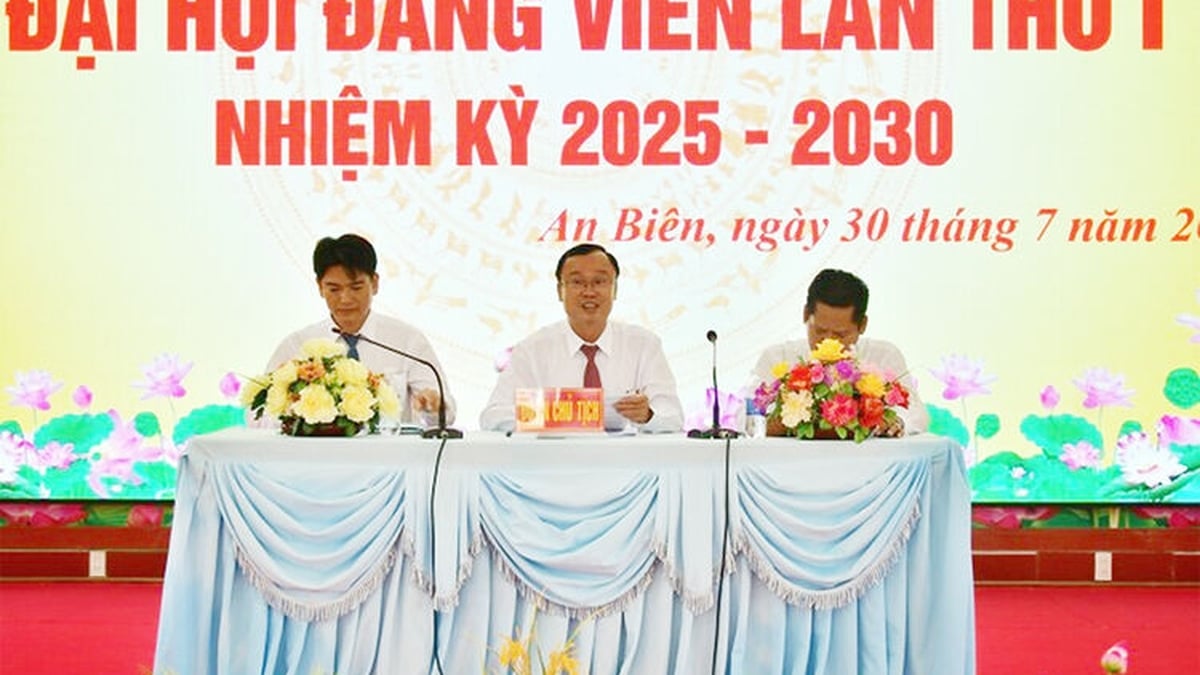














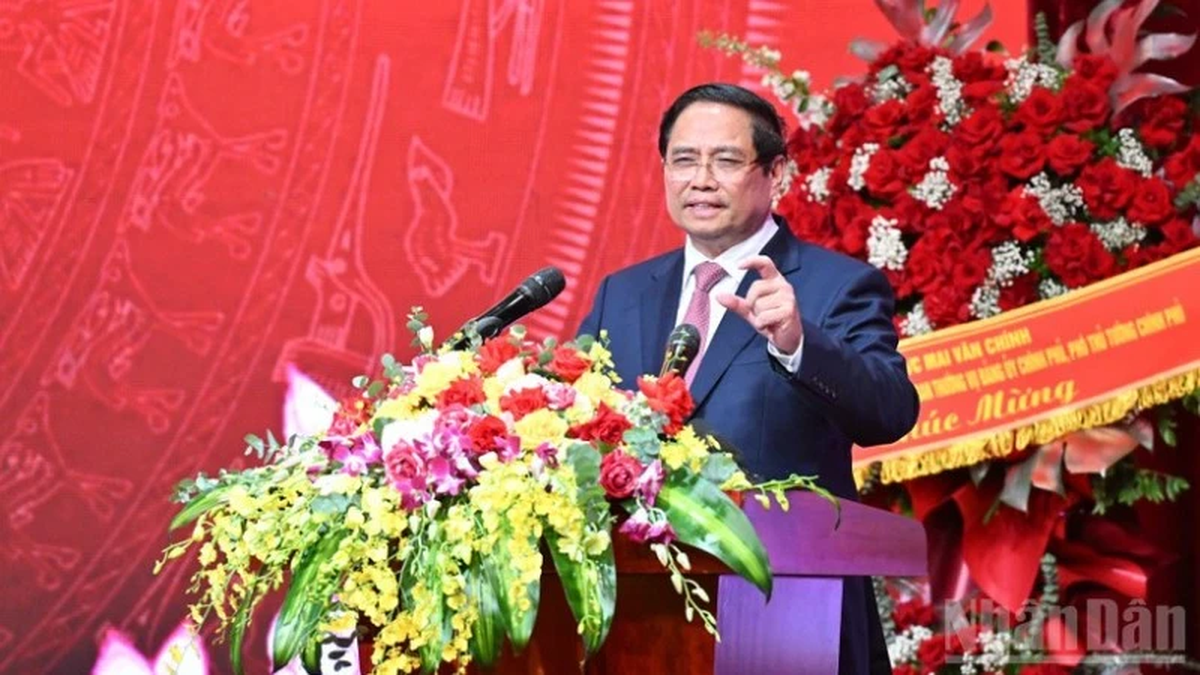

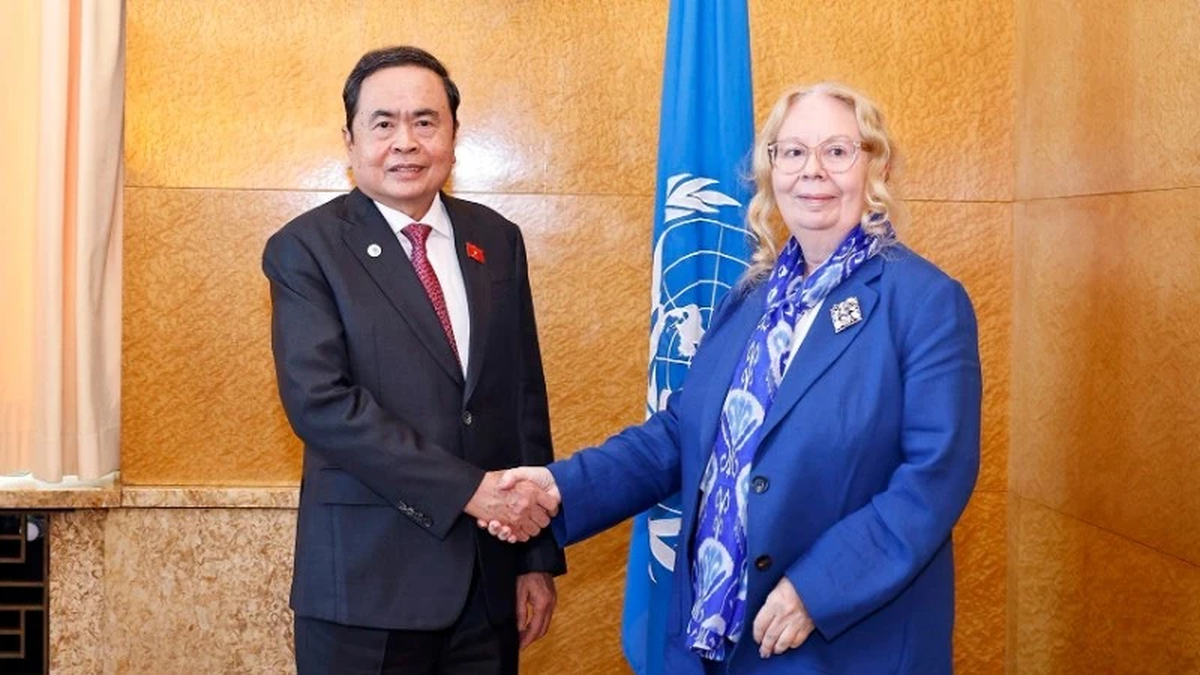
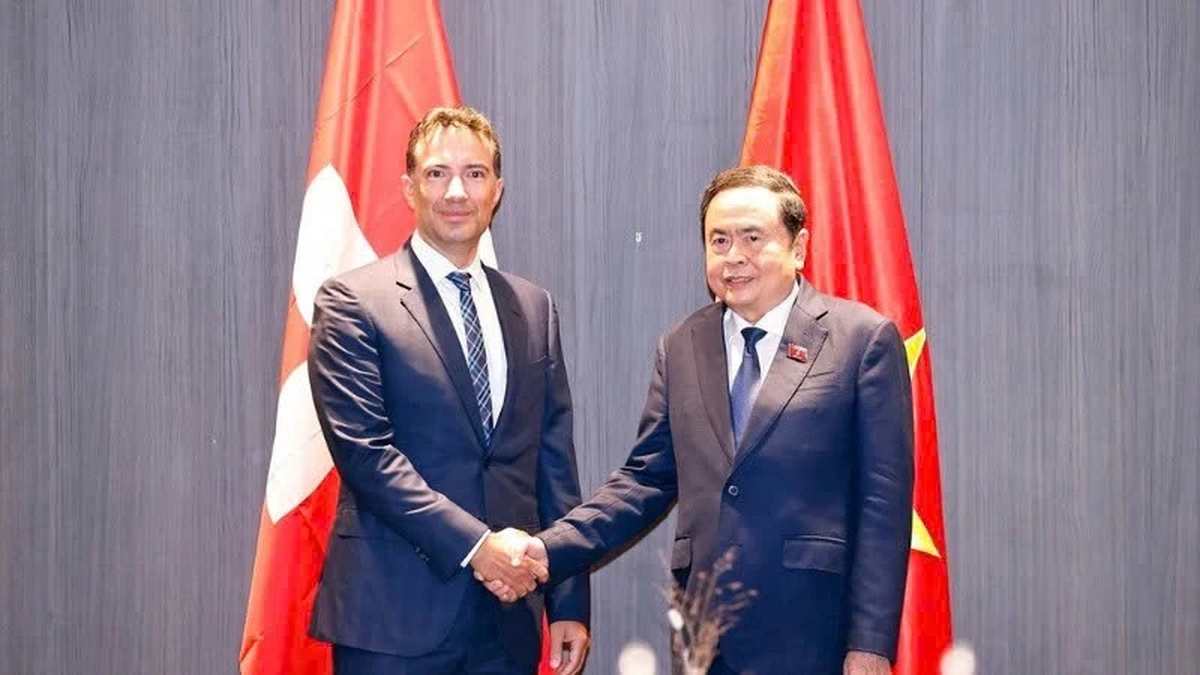


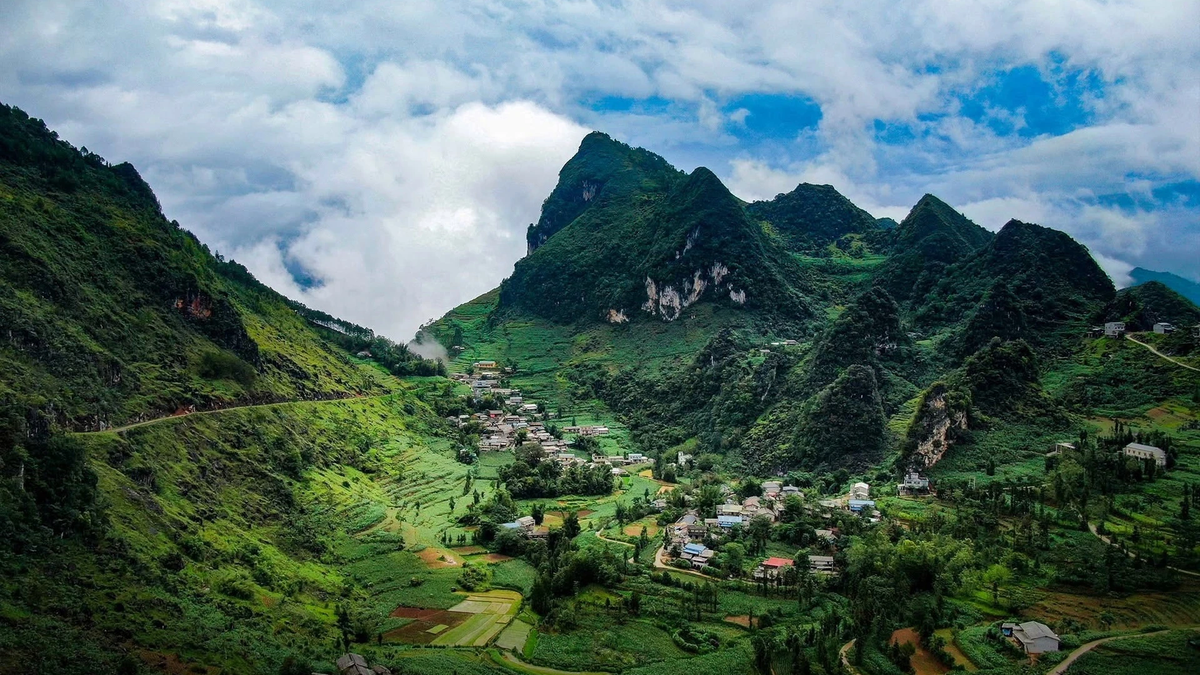




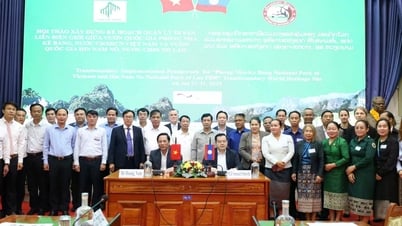




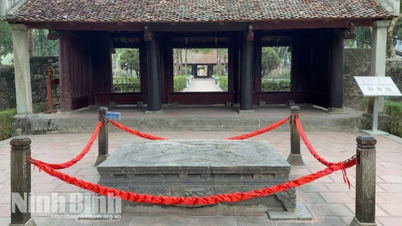




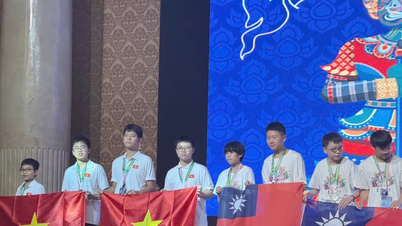









![[Maritime News] Container shipping faces overcapacity that will last until 2028](https://vphoto.vietnam.vn/thumb/402x226/vietnam/resource/IMAGE/2025/7/30/6d35cbc6b0f643fd97f8aa2e9bc87aea)


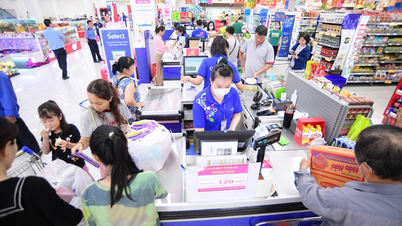

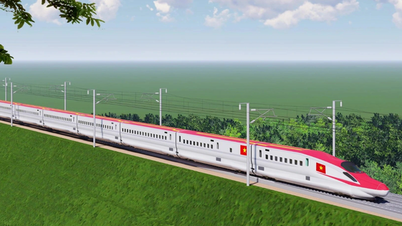

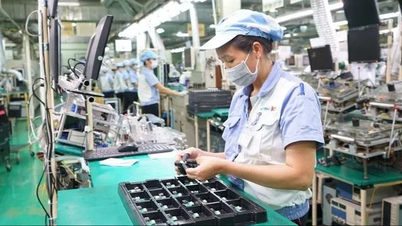



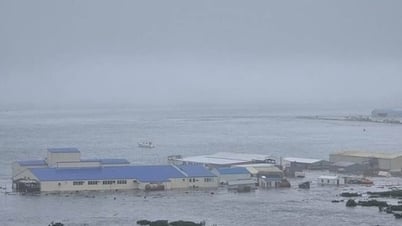

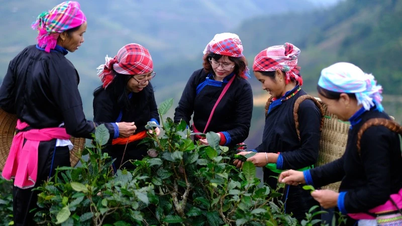
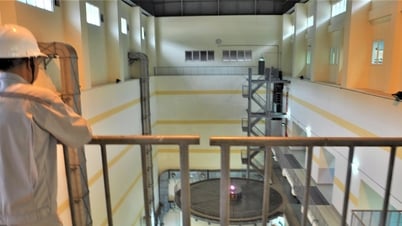

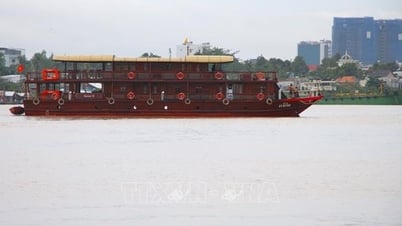

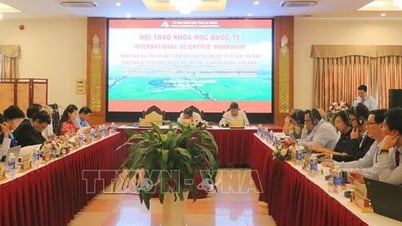

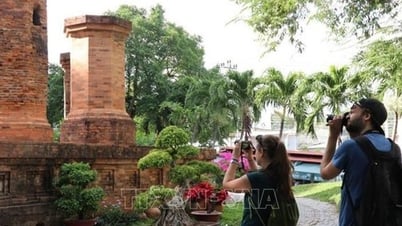











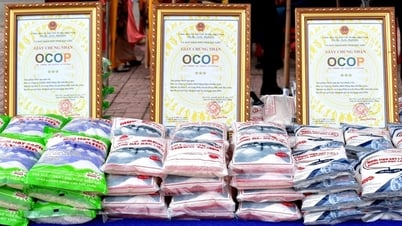
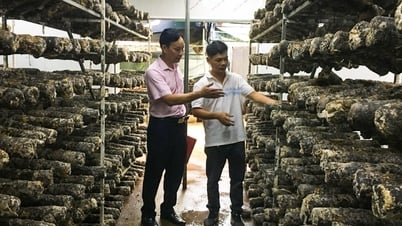

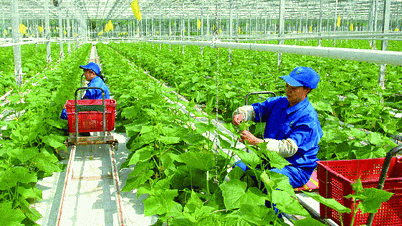



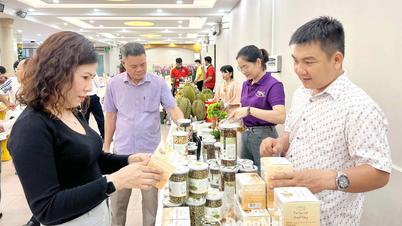


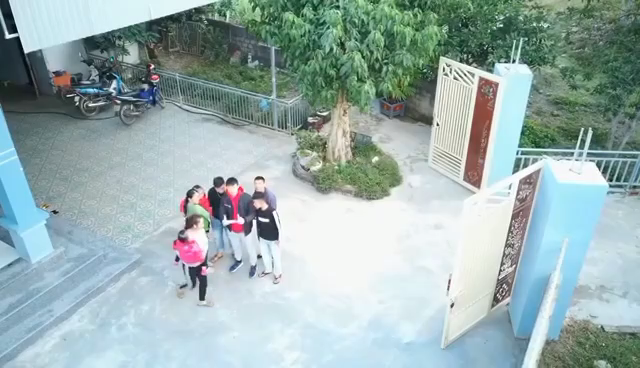
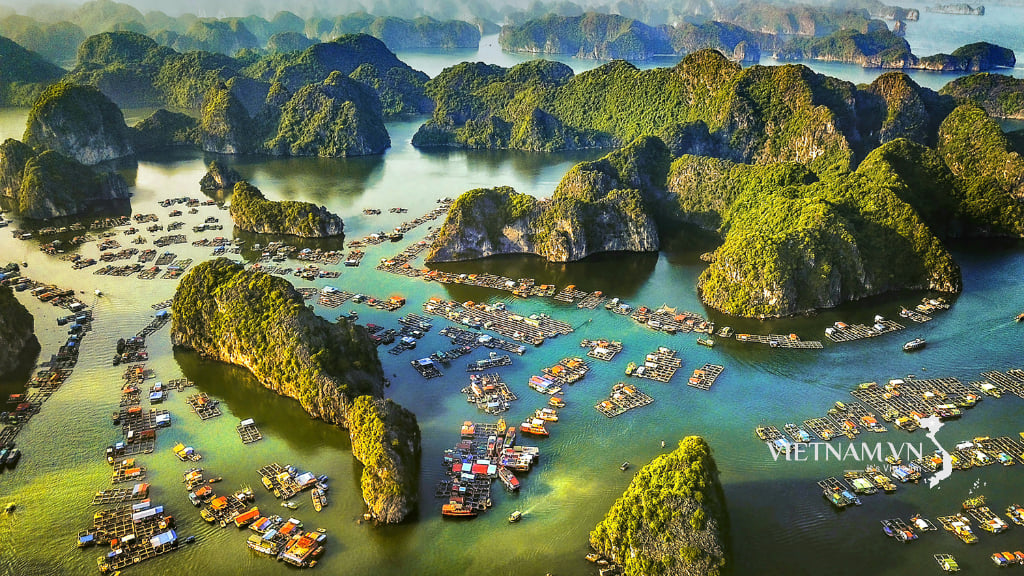
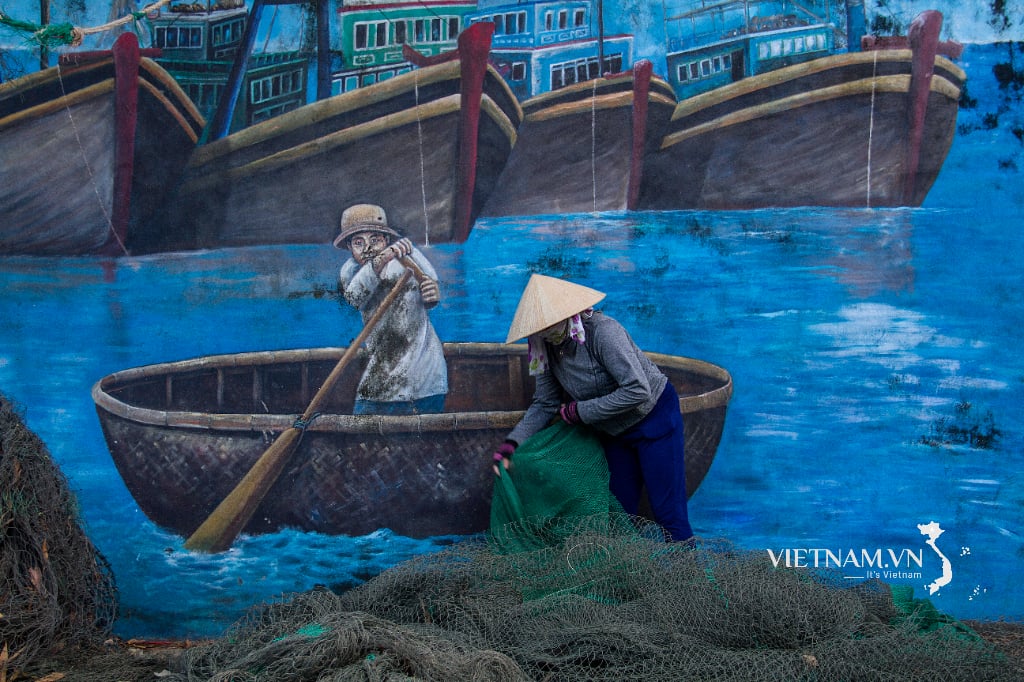
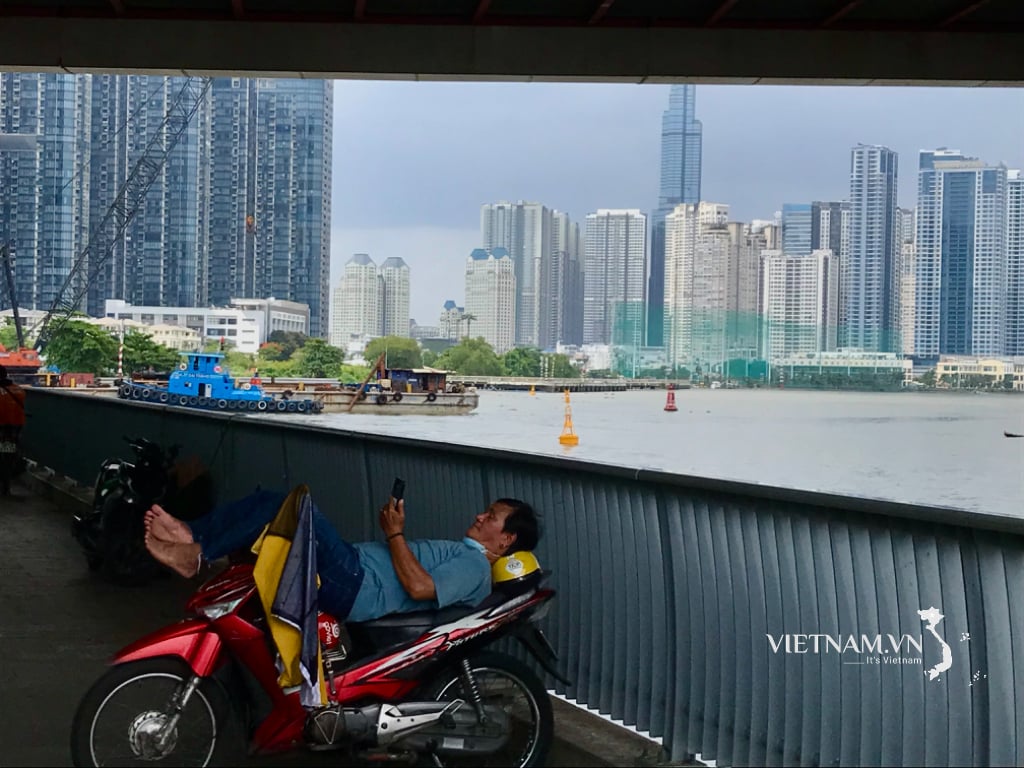
Comment (0)